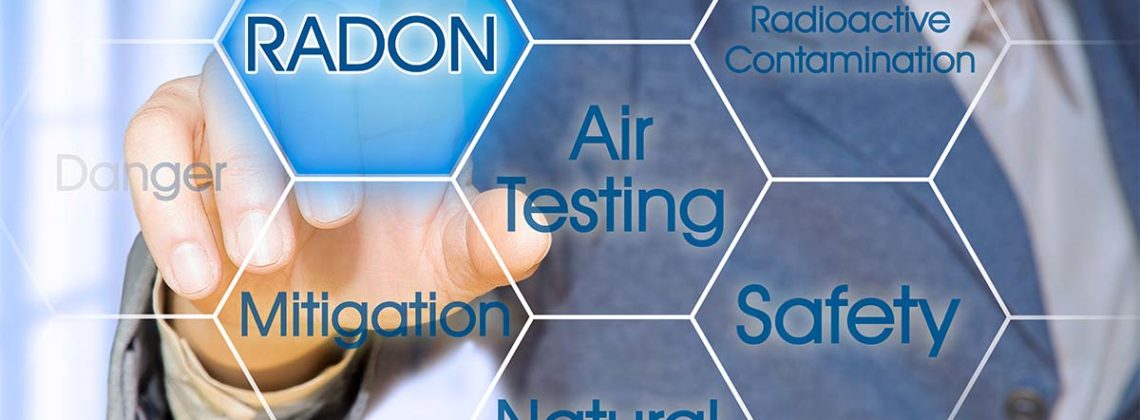
January is Radon Action Month, which makes it the perfect month to get to know your home’s radon levels.
What is Radon?
Radon is a naturally occurring gas created from the breakdown of uranium in soil and rocks. It enters a house through cracks in the floors or walls, construction joints, or gaps around pipes, wires, or pumps. Radon level will usually be highest in a home’s crawl space or basement.
How Do I Know if My Home’s Radon Levels Are High?
Radon gas is invisible and impossible to smell. A simple test tells a homeowner if their home has been exposed to radon. Additionally, the EPA is a great place to learn about testing your home. It is relatively inexpensive and easy.
Test for Radon
You can test your home’s radon levels yourself by purchasing a kit at your local hardware store or online. Then, follow the instructions on the test kit. Leave the kit in our house for the required number of days for an accurate reading. Mail it to the lab address included in your kit and wait for the results.
If Your Radon Levels Are High
If your radon test indicates the radon levels in your home are high, don’t panic. You can begin to take steps immediately to reduce the radon levels. The most common method to begin reducing radon levels is to install a vent pipe system and a fan. This radon mitigation system will pull radon from beneath your home and vent it to the outside.
The Cost of a Radon Mitigation System
The cost of a radon mitigation system varies from house to house. Also, systems will cost more if your home has a crawlspace or a basement. According to bobvila.com, most systems will run you between “$771 and $1,185, with the national average of $978. Furthermore, larger homes and those with a complex layout can cost up to $3,000.”
